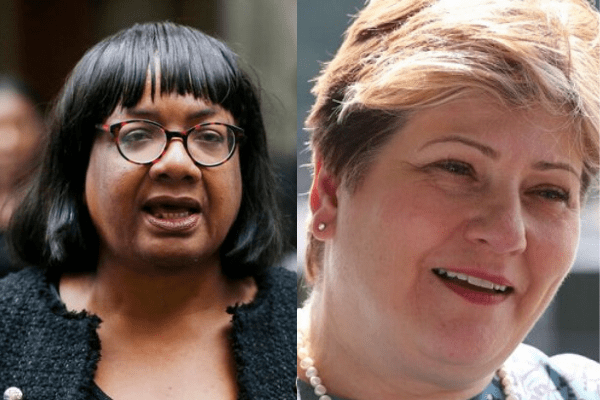More than 1,100 women have registered as candidates across political divides, making up 34 per cent of the total number of candidates. This number marks a 5 per cent increase from 29 per cent in 2017.
While more women than ever are standing as political candidates in the UK at this election, 34 per cent remains a long way from gender parity.
Some political parties, most notably Labour, have increased their percentage of female candidates markedly, while others have barely increased their female representation since the last election in 2017.
In a first for a major political party in the UK, more than half of all Labour’s candidates are women. The party is backing a total of 631 candidates in the election, 333 are women, at total of 53 per cent. This is an 11 per cent increase from the last election in 2017, when 42 per cent of Labour candidates were women.
For the Conservatives, 190 of their 635 candidates are women, making up 30 per cent of their candidates, a very small 1 per cent increase from 2017.
Women make up 31 per cent of the Liberal Democrats’ candidates, while the Brexit Party has the smallest representation of female candidates, 54 of their 275 candidates are women, making up just 20 per cent.
The Greens have 41 per cent female candidates, the second highest number among political parties. The Scottish National Party (SNP) has 34 per cent women candidates.
Frances Scott, the founder and director of 50:50 Parliament, says despite the increase of women candidates, there’s still work to be done.
“The fight for political equality is still on,” she told the Guardian. “Our parliament should draw upon the widest pool of talent, including the 32 million women in the UK – their contributions are just as valuable as men’s.
“Since women could first stand in a general election, over 5,000 MPs have been elected, of which less than 500 have been women.”
The news of record numbers of female candidates in the UK comes just as it has been revealed women have featured in just 18 per cent of election coverage so far. The lack of media coverage for women prior to the election exists despite the leading roles women hold in a number of the UK’s political parties.

